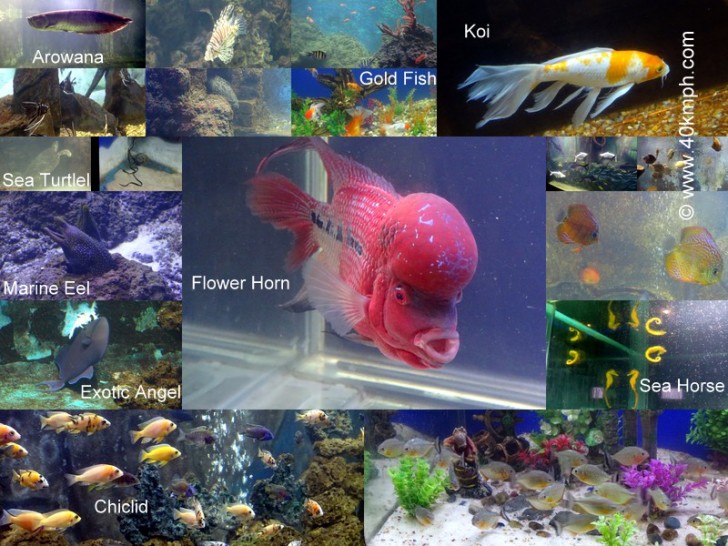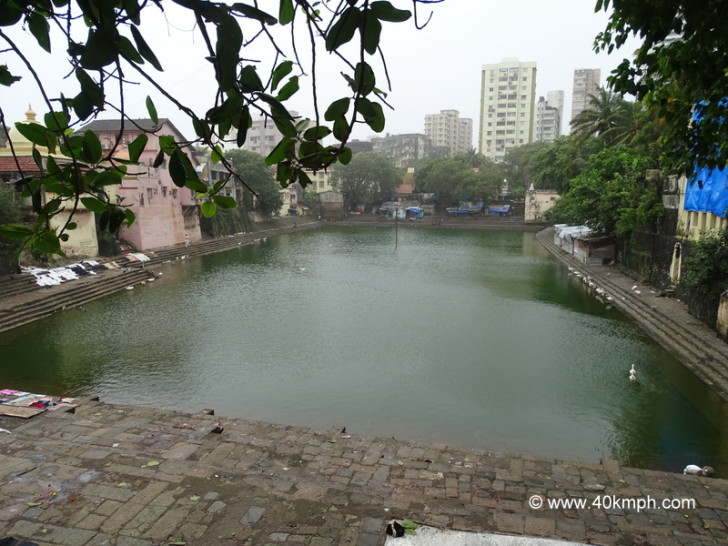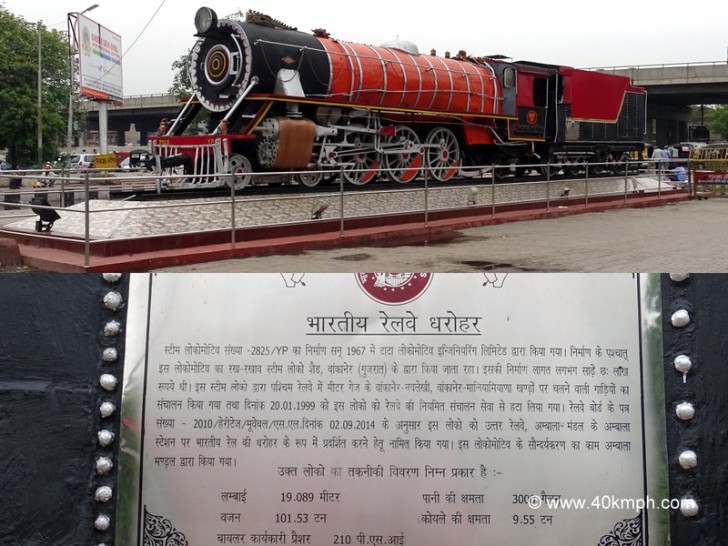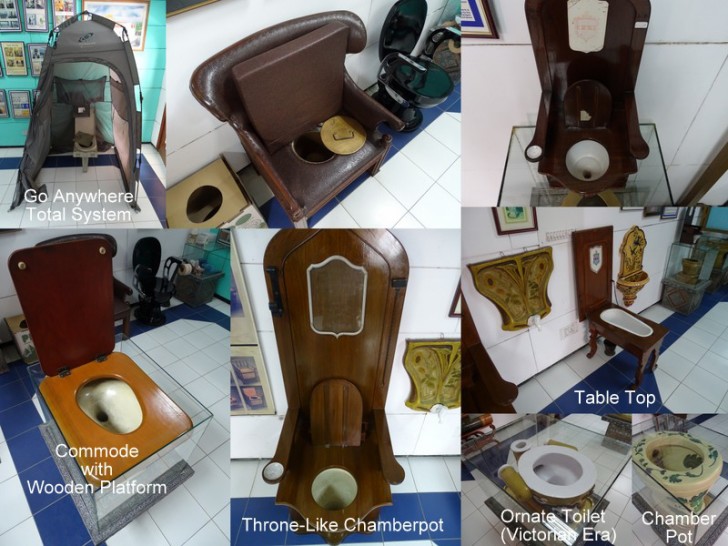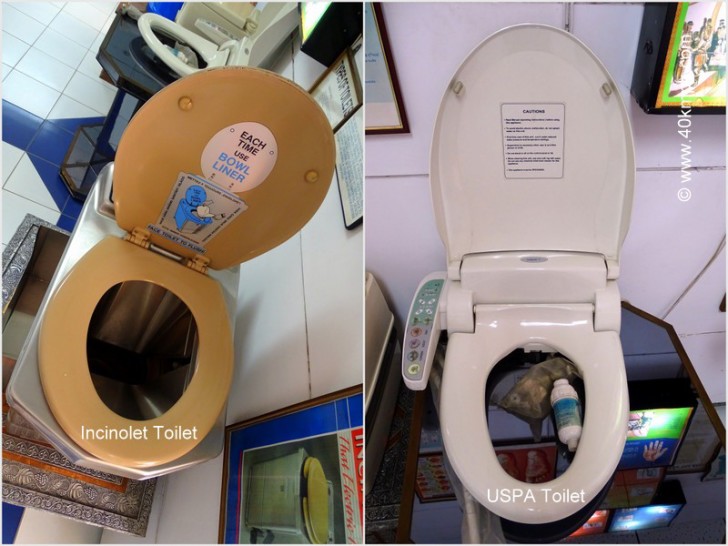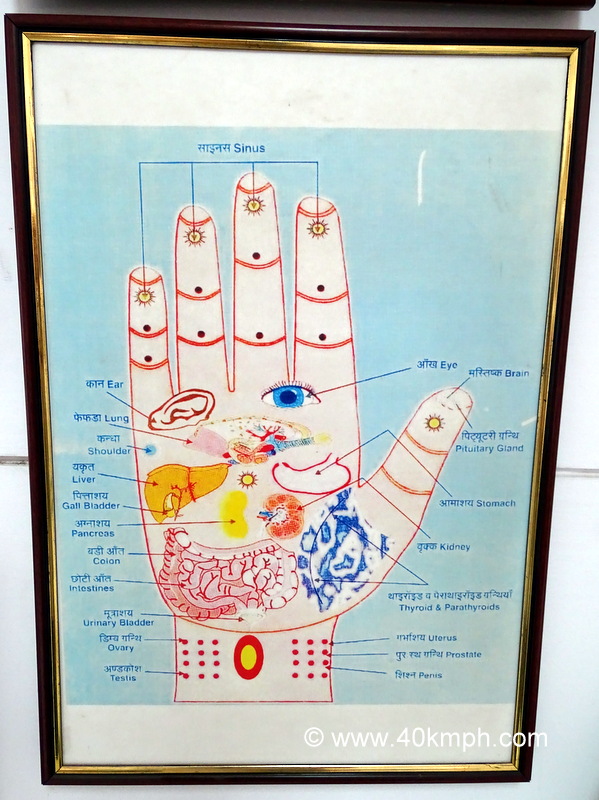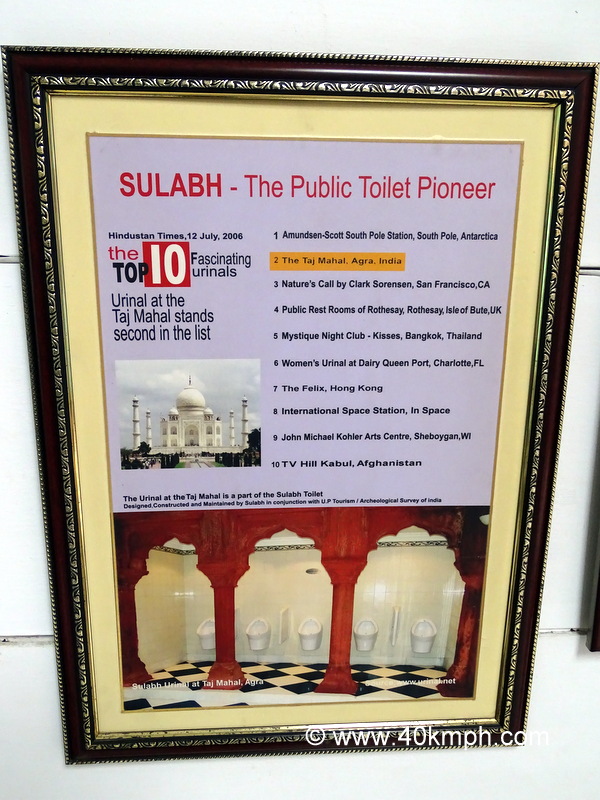Click to learn more about Monetary Museum of RBI.
Taraporevala Aquarium – A Must Visit Oceanarium
This was my first visit to the Taraporevala Aquarium though I have visited an aquarium at Mount Abu (Rajasthan) a few years ago. Taraporevala Aquarium was inaugurated by Dr. Rajendra Prasad, President of India on the 27th of May 1951. Recently, more than 20 crores have been spent on renovation.
A 64-year-old oceanarium is a good enough reason to visit. In short: Country’s oldest aquarium.
The nearest local railway station is Charni Road. The aquarium is situated on Marine Drive – the west side of Charni Road. Just 5 minutes walking distance from the station towards the left side. B.E.S.T. bus numbers 108 and 123 also stop at the aquarium.
Once I reach during the afternoon hours I was amazed by the people present. It was a crowd though it was not Saturday or Sunday. Two ticket counters were open and all with a long queue. Interesting to watch so many people like to visit the Taraporewala Aquarium. The ticket counter is on the left side.
Rs. 60 is the ticket cost for Adults (Indian) and for photography I had to think twice, then I decided for once I may pay. Rs. 500 is for mobile photography, but as I do not have a good mobile for photography I paid for digital camera photography and the cost is Rs. 1000/-. Total amount I paid – 1060 rupees. If one is having DSLR camera then the amount is Rs. 5000 and for video professional cameras – Rs. 10,000. It is costly for sure. One time visit and the experience is required – I said to myself. For the camera, they provide you a hand band that is a sign you have paid for the camera which one has to tie around the wrist. It was re-checked by the security guard. They are very strict conveying to everybody in advance do not use a mobile/camera if one is not having a ticket. Rs. 2000 is the penalty charge if caught and equipment will be seized too. Inside the aquarium, I was the only person using the camera for photography. Few others were using mobile cameras.
To enter, one has to cross a small marine tunnel which creates excitement about the aquarium. The building also is creative showing dolphins, sea horse, and jellyfish. An interesting painting to convey the message it is an aquarium. Inside the aquarium, there are tanks one after another displaying various water species. Above each tank, there is LCD screen displaying the photos of each species present in the tank and information about it in Hindi, Marathi, and English languages.
There are so many beautiful fishes and turtles in the aquarium such as Arowana, Chiclid, Giant Gourami, Catfish, Alligator fish, Sea Horse, Red Tail, Upside Down, Asiatic Catfish, Oscar fish, Rohu, Catla, Mrigal, Lizard, Frog, Sea Turtle, Shark, Butterflyfish, Exotic Angel, Undulated Trigger, Bluetooth Trigger, Picasso Trigger, Clown Trigger, Marine Eel, Ribbon Eel, Dwarf Lionfish, Grouper, Koi, Goldfish, Flower Horn, Red Belly Piranha and many many more..
There are fishes that are found originally in India, Bangladesh, Myanmar, South America, Africa, Australia, South East Asia, East Asia, China, Lakshwadeep Island, etc., etc.
Seahorse and Flower Horn – a personal favorite. I have only heard in stories, but today I was watching. It’s different. But the tank for a very big turtle I find too small. I wish it was much bigger.
Timings: Tuesday to Saturday 10:00 am – 7:00 pm, Sundays and Public holidays 10:00 am to 8:00 pm, Monday Closed
The aquarium was full of people which includes school and college-going students and parents and tourists. After spending about 1 hour, I was thirsty. I had pista doodh at a kiosk situated outside the aquarium. Rs. 25/- I paid.
There are more than 1000 water species, I guess. I thoroughly enjoyed the visit, and I wish you too should visit Taraporevala Aquarium if not visited it till now. It is another world for sure.
Banganga Tank – A Place of Pilgrimage at Walkeshwar
After two days of rain and a clear blue sky, I decided to visit Banganga Tank – My first visit.
How do I reach Banganga Tank?
The nearest railway station to Banganga Tank is Grant Road. After reaching Grant Road I walk towards the West side to climb the skywalk to walk a few meters till I reach the stairs towards Chowpatty. Once on the road, I walk near Gamdevi Police Station (Estd. 1917) on the right side and cross two red lights to reach Wilson College. Cross the road > turn right > walk straight for approx 2 km following beautiful sea waves/shore to reach Teen Batti at Walkeshwar. Little more walking to reach Shri Ghanshyamdas Sitaram Poddar chowk. After crossing the chowk, there are two paths. The right side path is towards Banganga Tank.
It is approx. 30 minutes walking time from Grant Road railway station to Banganga tank. You may hire a taxi or a B.E.S.T. bus. I prefer walking, especially when the area around is nice & beautiful.
The Banganga area is one of the oldest living areas in Mumbai. Banganga Tank is a rectangular tank with many temples all around it. Lampposts are at the entry point. Lots of ducks inside the water as well at tank stairs and also fish inside the water. One can see High-rise buildings at a little distance. In short – a mixture of modern and ancient times at the same location.
History (as per display board)
- Banganga Tank is a rectangular tank – 135 meters long, 52 meters wide, and 10 meters deep at the center.
- It is said Lord Rama on his way to Lanka in search of Sita, halted at this spot to seek the blessings of Sage Gautama.
- Lord Rama to quench his thirst shot a Baan (arrow) into the nether world and released the Bhogavati, the underground Ganga, thus the Banganga.
- Under the sage’s advice, Rama worshipped Lord Shiva, whose Linga was brought from Kashi (Varanasi) every day by Lakshmana. One day the Linga could not reach the site in time for the daily puja. Rama then fashioned a Linga from the surrounding sands and performed the Prana Pratishtha (Life creating ceremony).
- The Temple built on this spot was then called ‘Waluka Ishwar” (God of sand) and over the years came to be known as Walkeshwar.
- The Banganga tank dates back to Silahara Period (from 810 to 1250 A.D.) and was repaired in the Yadava period.
- Some of the earliest settlers were the Gaud Sarawat Brahmins.
I did a parikrama (walk around) at Banganga Tank and sat on the stairs for approx. 30 minutes. Immense silence. I am happy I did a pilgrimage in Mumbai.
Lots of Bhel Puri shops are in the Banganga area. While returning, I stop at Punjabi Chandu Halwai Karachiwala (Estd. 1896) and had Kesar Rasmalai for Rs. 31/-. Delicious it was. And nearby Wilson College in front of Bharatiya Vidya Bhavan, I had one plain dosa (Rs. 20) and cutting chai (Rs. 6). Thus the journey was completed.
One should visit the Banganga tank if touring or visiting Mumbai.
Steam Locomotive – Heritage of Indian Railway
Steam Locomotive Number – 2825/YP was manufactured in 1967 by Tata Locomotive Engineering Limited. After manufacturing, this locomotive was maintained by Steam Loco Shed, Wankaner (Gujarat). Its construction cost was approx. six and a half lakh rupees. This steam loco has been operated on meter gauges for Wankaner-Navlakhi, Wankaner-Maliya Miyana, and on 20.01.1999 this loco was removed from the regular operation service of the Railways. Railway Board’s letter number – 2010/Heritage/Movable/S.L. dated 02.09.2014, the loco has been made to display the railway heritage at Ambala station of Northern Railway, Ambala-Circle. The beautification work of this locomotive was done by Ambala Division.
The technical details of the said loco are as follows:-
Length 19.089 Meters Water Capacity 3000 Gallons
Weight 101.53 Ton Coal Capacity 9.55 Ton
Boiler Working Pressure 210 P.S.I
How I reach Sulabh Museum of Toilets from Paharganj?
At Paharganj‘s main market near New Delhi Railway Station, I decided to tour the Sulabh Museum situated at Mahavir Enclave, Palam-Dabri Road. I walk a little, approx. 200 meters to reach Ramakrishna Mission Metro Station and a ticket to Janakpuri West Metro Station for Rs. 18 per person. It is a 30-minute cool comfortable journey. Once at Janakpuri West, I hired an auto for the Sulabh Museum. The best is auto drivers know about the Sulabh Museum situated at Mahavir Enclave.
Rs. 70/- was the demand but upon bargaining Rs. 60/- I paid. It is a 15-minute journey depending on the traffic on the road. The auto driver was not using a meter for the fare. Anyway, the Museum is on the right side of the road. Estd. 1992 by Dr. Bindeshwar Pathak – Sociologist and Social Reformer and Founder of the Sulabh Sanitation Movement. Starting from the Indus Valley Civilization (4500 years old) till modern times toilets, all information is well displayed. Inside Sulabh Museum is a minimum 2 hours tour if you are serious about knowing toilets and its history.
I suggest that if you are in New Delhi, especially around the main market of Paharganj take a metro, later an auto to visit the Sulabh Museum of Toilets. I believe it is the single and the most interesting museum of toilets in India.
Guides are available – no charges.
Entry – FREE
Open – 365 days excluding National Holidays
Timings: 10:00 am – 5:00 pm Summer / 10:30 – 5:00 pm Winter
Different Types of Toilets Used Around The World
Different Types of Toilets Used Around The World – These photo was taken at Sulabh International Museum of Toilets situated at Sulabh Gram, Mahavir Enclave, Palam-Dabri Road, New Delhi.
Incinolet and USPA Toilet
Incinolet and USPA Toilet – These photos was taken at Sulabh International Museum of Toilets situated at Sulabh Gram, Mahavir Enclave, Palam-Dabri Road, New Delhi.
Pressure Points on Hands
Pressure Points on Hands – This photo was taken at Sulabh International Museum of Toilets situated at Sulabh Gram, Mahavir Enclave, Palam-Dabri Road, New Delhi.
The Top 10 Fascinating Urinals in The World
The Top 10 Fascinating Urinals in The World – This photo was taken at Sulabh International Museum of Toilets situated at Sulabh Gram, Mahavir Enclave, Palam-Dabri Road, New Delhi.
